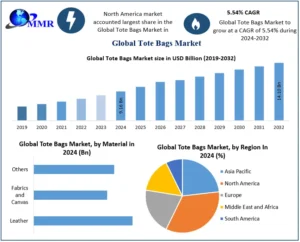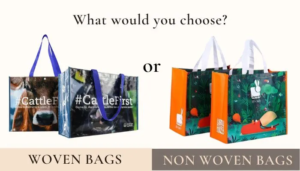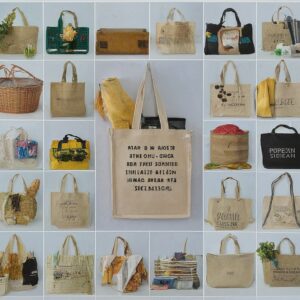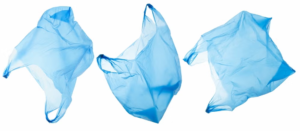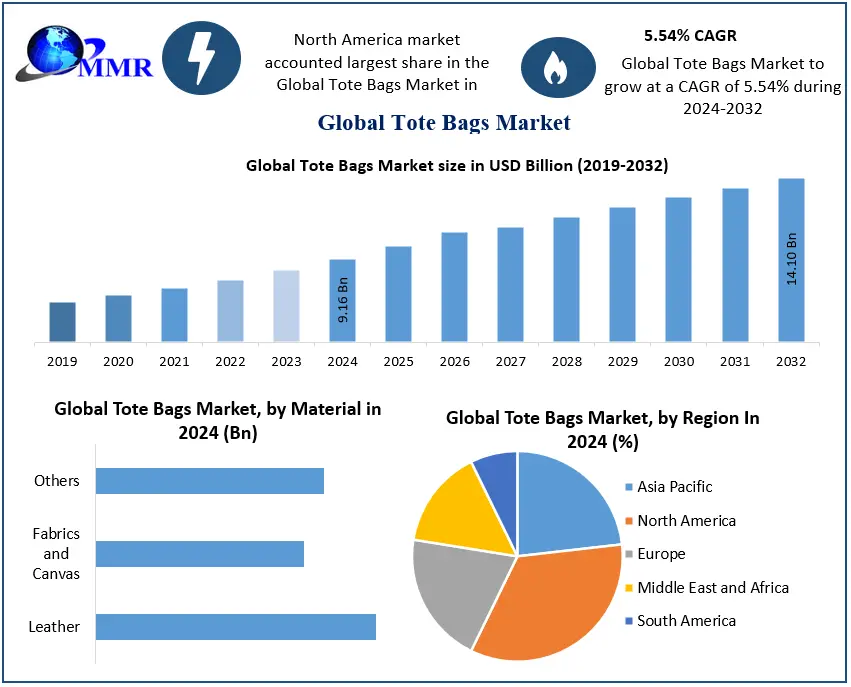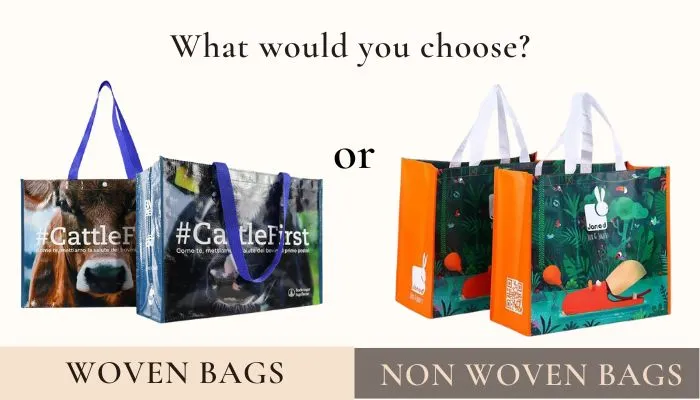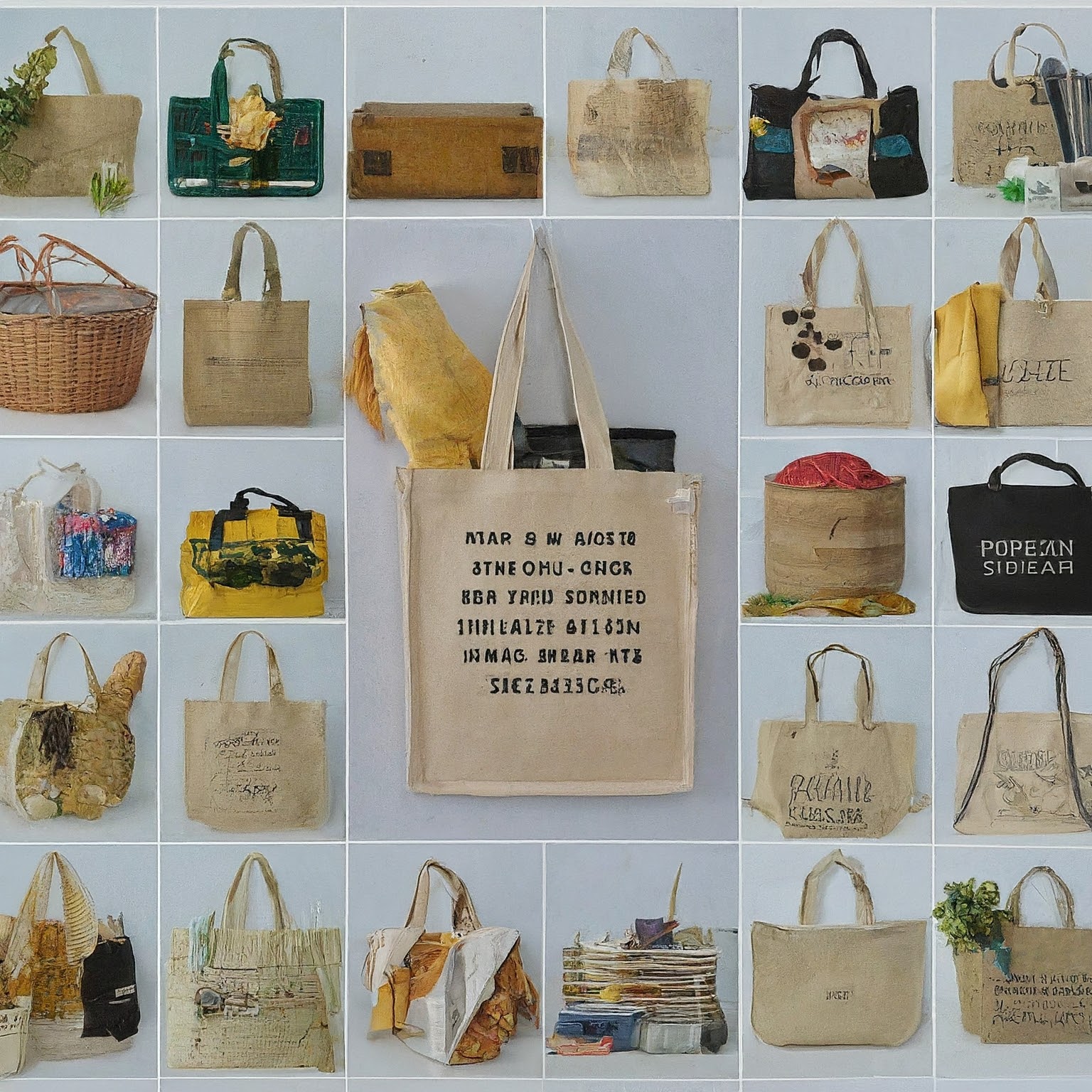Insulated bags are essential for maintaining the temperature of food and beverages during transport. In this article, we will explore three different types of insulated bags: aluminum foil insulated bags, non-woven fabric insulated bags, and coated fabric insulated bags. Each type has its own unique properties, advantages, and best use cases.
1. Aluminum Foil Insulated Bags
Overview
Aluminum foil insulated bags are made from a layer of aluminum foil laminated between layers of other materials. They are highly effective at reflecting heat and keeping contents cool or warm.
Characteristics
- Reflective Surface: The aluminum layer reflects thermal radiation.
- Lightweight: Easy to carry and transport.
- Water-resistant: Protects contents from moisture.
Applications
- Ideal for transporting temperature-sensitive items like medical supplies and perishable food.
Data and Specifications
| Feature | Aluminum Foil Insulated Bags |
|---|---|
| Temperature Retention Time | Up to 6 hours |
| Weight | 50-200 grams |
| Size Options | Varies (small to large) |
| Material Thickness | 0.1 mm - 0.5 mm |

2. Non-Woven Fabric Insulated Bags
Overview
Non-woven fabric insulated bags are made from a synthetic fabric that is lightweight and durable. These bags often have insulating layers that help to maintain temperature.
Characteristics
- Breathable Material: Prevents moisture buildup inside the bag.
- Eco-Friendly Options: Some non-woven bags are made from recyclable materials.
- Durable and Reusable: Long lifespan with proper care.
Applications
- Best for grocery shopping, picnics, and everyday use.
Data and Specifications
| Feature | Non-Woven Fabric Insulated Bags |
|---|---|
| Temperature Retention Time | Up to 4 hours |
| Weight | 70-250 grams |
| Size Options | Various (custom sizes available) |
| Material Thickness | 1 mm - 3 mm |

3. Coated Fabric Insulated Bags
Overview
Coated fabric insulated bags are made from durable fabric that is coated with a waterproof layer. They often have a thermal insulation layer inside to maintain temperature.
Characteristics
- High Durability: Resistant to wear and tear.
- Waterproof: Protects contents from spills and rain.
- Stylish Designs: Available in various colors and patterns.
Applications
- Suitable for outdoor activities, travel, and catering.
Data and Specifications
| Feature | Coated Fabric Insulated Bags |
|---|---|
| Temperature Retention Time | Up to 8 hours |
| Weight | 100-300 grams |
| Size Options | Various sizes |
| Material Thickness | 0.5 mm - 1.5 mm |

Comparative Summary
Here’s a comparative summary of the three types of insulated bags:
| Type | Temperature Retention Time | Weight Range | Best Use Case |
|---|---|---|---|
| Aluminum Foil Insulated Bag | Up to 6 hours | 50-200 grams | Medical supplies, perishables |
| Non-Woven Fabric Insulated Bag | Up to 4 hours | 70-250 grams | Grocery shopping, picnics |
| Coated Fabric Insulated Bag | Up to 8 hours | 100-300 grams | Travel, outdoor activities |
Conclusion
Each type of insulated bag has its unique advantages and ideal applications. Aluminum foil bags excel in temperature retention, non-woven fabric bags are eco-friendly and versatile, while coated fabric bags offer durability and style. When choosing an insulated bag, consider the specific needs of your use case to ensure optimal performance.



